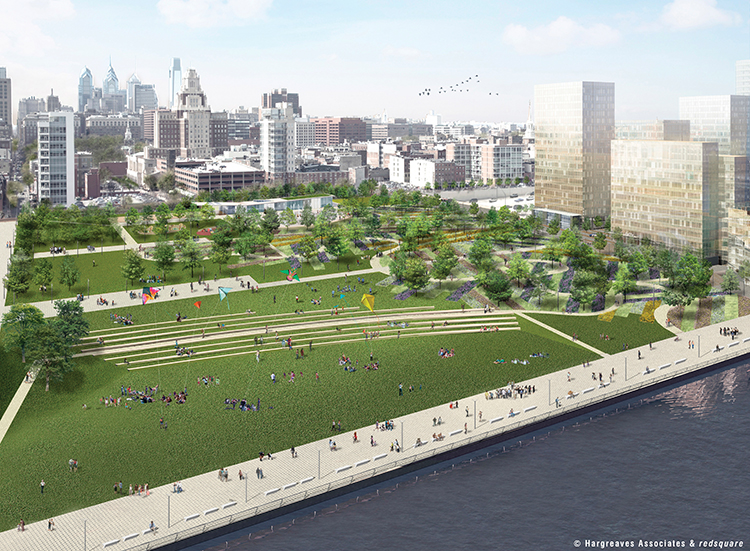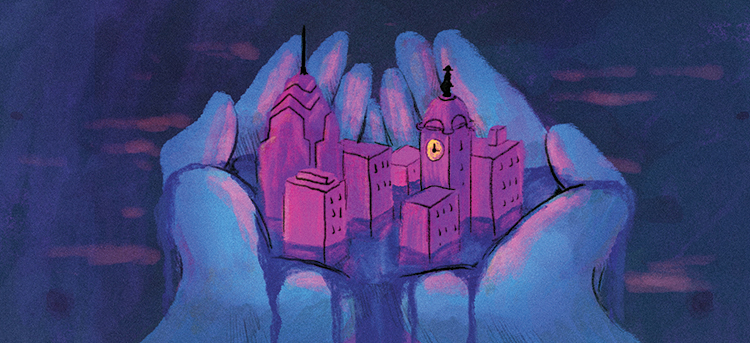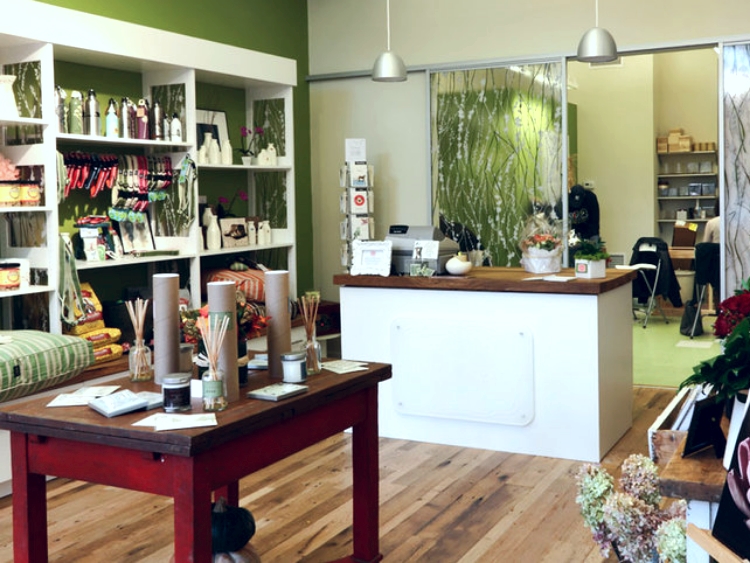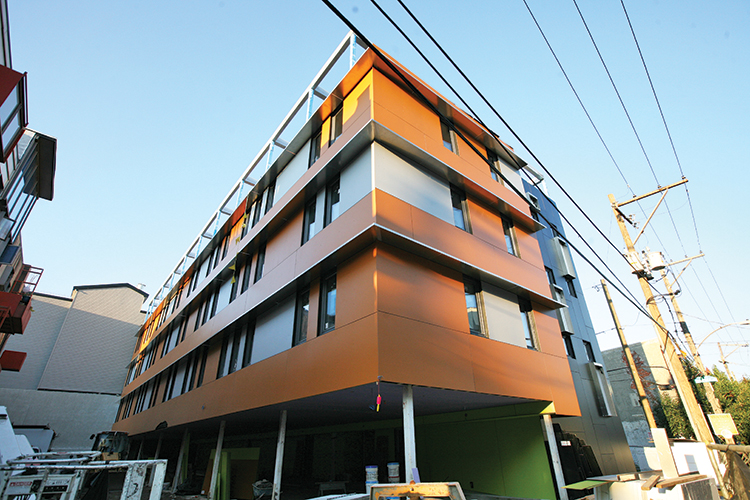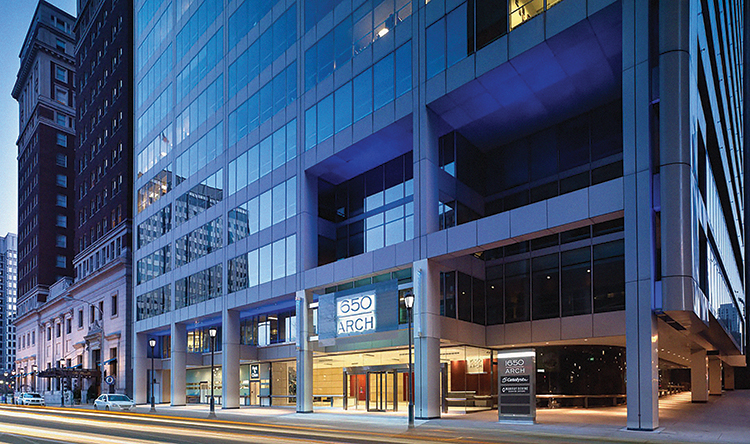Projects remaking the face of Philadelphia
By Belinda Sharr
LOVE Park Construction Moves Forward After Lengthy Delay; to Open in November
After nearly two years of construction, LOVE Park is inching closer to completion. Demolition began in February 2016 with the redesign plan detailing a new green space, concession stands, structural improvements and a water feature. The LOVE statue was relocated to Dilworth Park, and it is now at another undisclosed location during the continued work. The delay was caused by the discovery of bricks, pipes, excess dirt and a ventilation system found underground during excavation, and the removal of these items added many more months to the project timeline. However, work has picked up and LOVE Park is set to make its holiday season debut in late November when it will host the 2017 Christmas Village, which typically opens during the Thanksgiving weekend, according to Philadelphia Parks and Recreation. The grand opening of the park, which will include a completely renovated welcome center sponsored by Saint Gobain, will open in full in the spring of 2018.
I-95 Cap Park Plans Include Greenery and Trees with a View of the River
Plans are in the works for Philadelphia’s I-95 park, which will connect the waterfront to Center City and provide 4 acres of green space above the current roadway, as well as an 8-acre adjacent civic space. The $225 million initiative will span from Chestnut and Walnut streets and is in development by Delaware River Waterfront Corp. The park will be a “vibrant destination location for recreational, cultural and commercial activities for the residents and visitors of Philadelphia,” according to the DRWC website. Current renderings show possible architecture including benches, walkways, water fountains similar to those in Dilworth Park, a café, grass and trees. The sloping of the ground toward the river combined with current pedestrian bridges tilted away from the water presents a challenge—both for construction purposes and for ensuring visibility of the river. However, the city thinks the problem can be easily fixed. Design, permits and building plans will be ready by the end of 2019, with construction to begin in 2020—and the completion of the park is expected around 2022.
Rail Park Phase One to Open This Winter Ahead of Schedule
Phase One of the Philadelphia Rail Park—Philly’s version of the High Line—will open in January 2018, nearly a year earlier than expected. Construction moved quickly on the old Reading Railroad lines throughout early 2017 due to the mild winter, according to Friends of the Rail Park. This early portion will stretch from Broad and Noble to Callowhill Street between 11th and 12th streets, and it will feature walkways, trees, art installations and a space for gathering. A 1920s railcar will be refurbished and installed as a welcome center near the middle of the park at some point in 2018. The $10.3 million cost for the first phase, which will serve as a “proof of concept” and measures one quarter of a mile, was raised by public and private funds. The entire Rail Park will be divided into three parts (the viaduct, the cut and the tunnel) and is slated to measure 3 miles from 31st and Girard, through Phase One and up 8th and Fairmount.
‘Living’ Fence at 30th Street Station: Beautifying a Normally Unattractive Necessity
Typically, construction work and fences can appear unsightly while in progress, although they allow an attractive result at the end of a project. But what about during the building process? SHIFTSPACE architects and designers beautified the typical construction fence by installing a temporary piece at 30th Street Station that hid the worksite while creating a visually pleasing wall of plants for pedestrians to view. The company worked with Amtrak and University City District to create units that housed various-sized planters that either hung on or were installed in front of the fence. The anchor tall planter, low planter and wall planter were filled with colorful shrubbery which created a wall of greenery that juxtaposed with the silver metal fence links and concrete sidewalk. The planter units were designed to be reusable and have already been moved to a new location at another construction project in the city, offering sustainability and attractiveness elsewhere.
LEED Gold Mixed-Used Building Opens on Race Street
The “Bridge” development project—named for its proximity to the Ben Franklin Bridge—is a mixed-use, 17-story project that features a combination of 146 residential units as well as four retail spaces; the project has achieved LEED-Gold certification from the U.S. Green Building Council. United By Blue, a lifestyle and apparel company that is heavily involved with water cleanup projects in the region, will be one retailer at the 205 Race St. location. The building met strict green architecture and construction standards, and now the focus will be on sustainable amenities for residents: Energy-efficient appliances will help keep electricity bills in check, the parking garage offers both electric vehicle chargers and bike storage and maintenance facilities, and the 100 percent nonsmoking building will also employ a green housekeeping program to keep indoor air quality high. Native plantings in the outdoor gathering spaces are designed to manage stormwater onsite.


